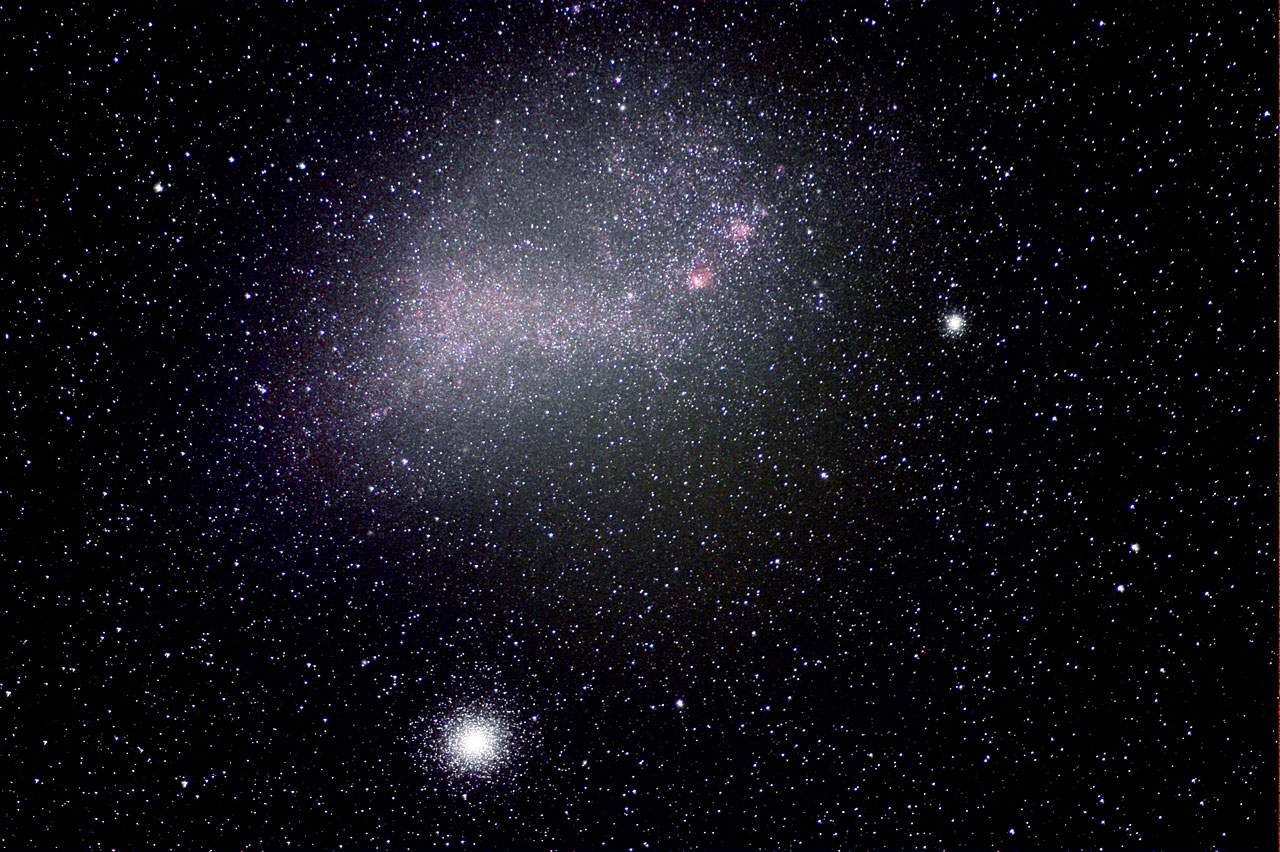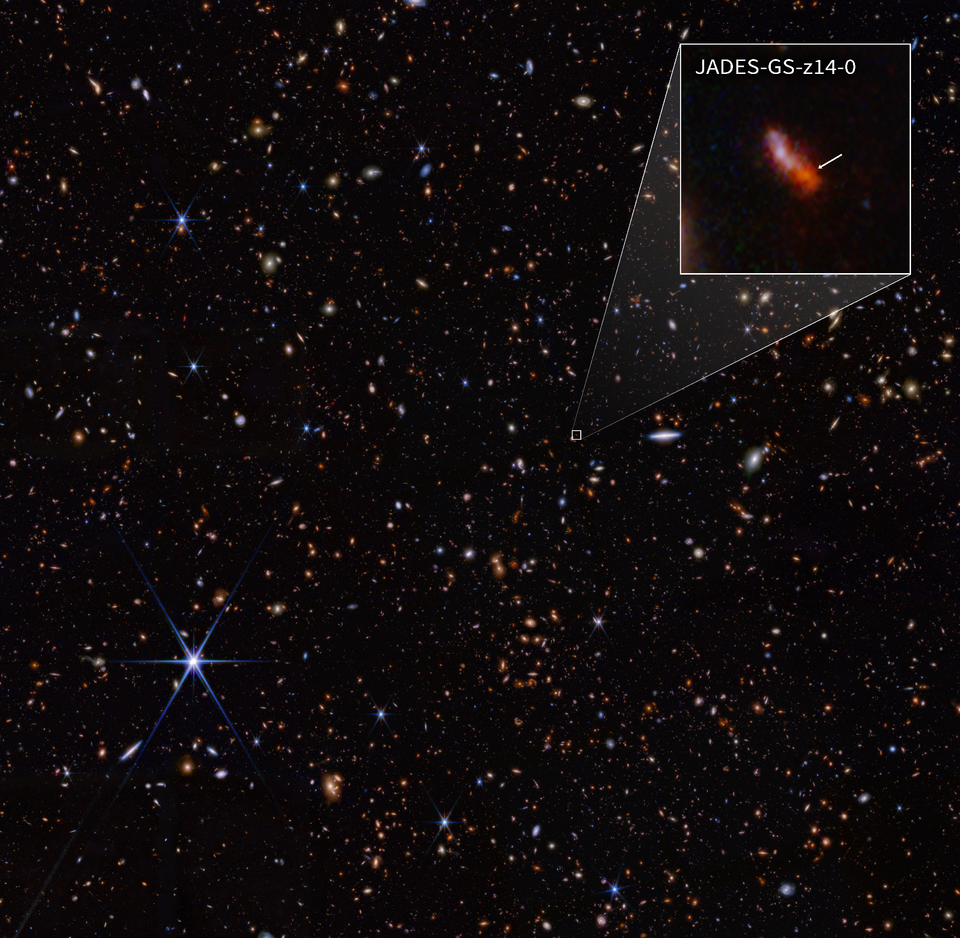
CATA researcher obtains unpublished ALMA Large Program for CONDOR project
Manuel Aravena, CATA Research Associate, together with an international team of astronomers, received 230 hours of observing time at ALMA for the large-scale CONDOR project, which will observe the motion and distribution of molecular gas in galaxies with rotating disks.
The astronomical study has had an exponential growth in recent years, hand in hand with the development of modern telescopes and technologies. Access to this equipment is not easy due to the high demand from hundreds of scientists worldwide.
This is why the assignment that Manuel Aravena achieved in Cycle 11 of a large-scale ALMA project (or Large Program – LP) is excellent news for the Associate Researcher (AR) of the Center for Astrophysics and Related Technologies, CATA, and full professor of the Institute of Astrophysical Studies UDP, together with his team of collaborators.
They participate with the CONDOR project (Cosmic Noon Disks with Observed Rotation) with 230 hours of observation.
“This study will observe the motion and distribution of molecular gas in galaxies with rotating disks in the so-called “golden epoch of star formation”, providing answers to how star formation and galactic assembly were regulated to form disks in the early Universe. In other words, how these disks were formed, how star formation stops in them, and what is the role of bulges in galactic centers in disk assembly. In addition, it will provide measurements of the dark matter content in these disks in the early Universe,” explains the astronomer from the Diego Portales University.
This research has received an unprecedented allocation of hours for an ALMA LP, since, until now, a maximum of 150 hours had been given to this type of program. In addition, it is the only project in this Cycle 11 that has a Chilean co-principal investigator (PI), Manuel Aravena.
“The ALMA LPs are the largest projects at this observatory and are aimed at research that seeks to answer questions of high scientific significance in the specific area in question and provide a legacy for the scientific community and the general public. That is why these projects generally require large teams, with experts in different areas (observations, data reduction, analysis, simulations, etc.) and several co-leaders within the initiative. In this case, I am one of the four co-IPs of the project”, adds the CATA Research Associate.
In this sense, for the astronomer, the role of the Center in this process is also fundamental.
“CATA plays an important part in financing and supporting the research activities of its members, including myself and the other researchers and PhD students involved, such as Manuel Solimano, also from CATA. In this sense, we are evaluating the use of the computational servers available at the Center for processing the large amounts of data that we will be collecting”, emphasizes Manuel Aravena.
The fundamental idea of CONDOR is to understand the nature of disk-structured galaxies when the Universe was between 20% and 37% of its present age, which is the golden age of star formation and black holes. Observations will be taken in almost all ALMA configurations. Cycle 11 starts next October and is expected to take all of 2025 to obtain the planned data set. However, it is expected that the analysis of the data will begin early.
Recent news
-
 Publicado el: 13/11/2025CATA researcher strengthens international ties during visit to the Center for Astrobiology in Madrid
Publicado el: 13/11/2025CATA researcher strengthens international ties during visit to the Center for Astrobiology in Madrid -
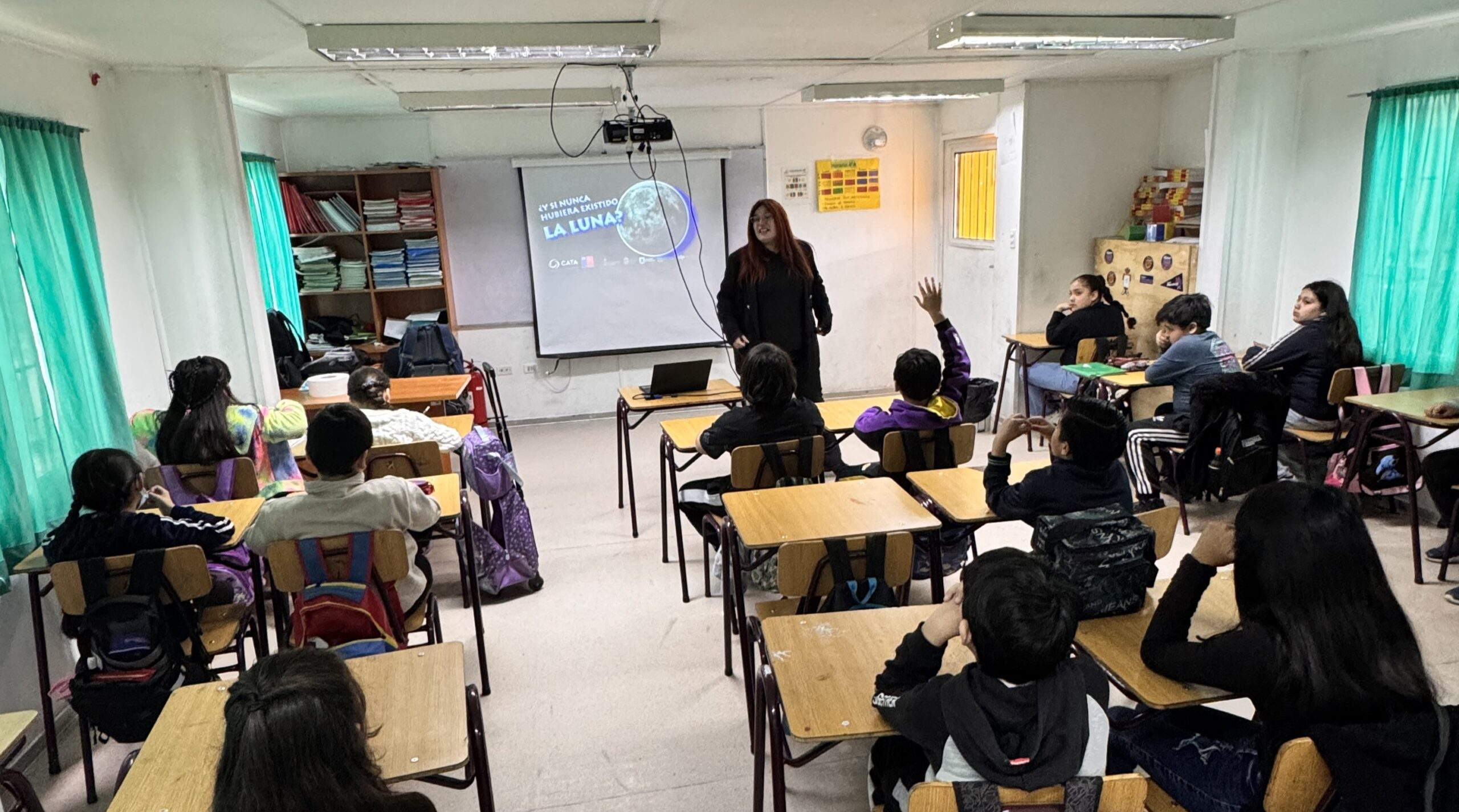 Publicado el: 12/11/2025Fourth graders learned what would happen if the Moon did not exist
Publicado el: 12/11/2025Fourth graders learned what would happen if the Moon did not exist -
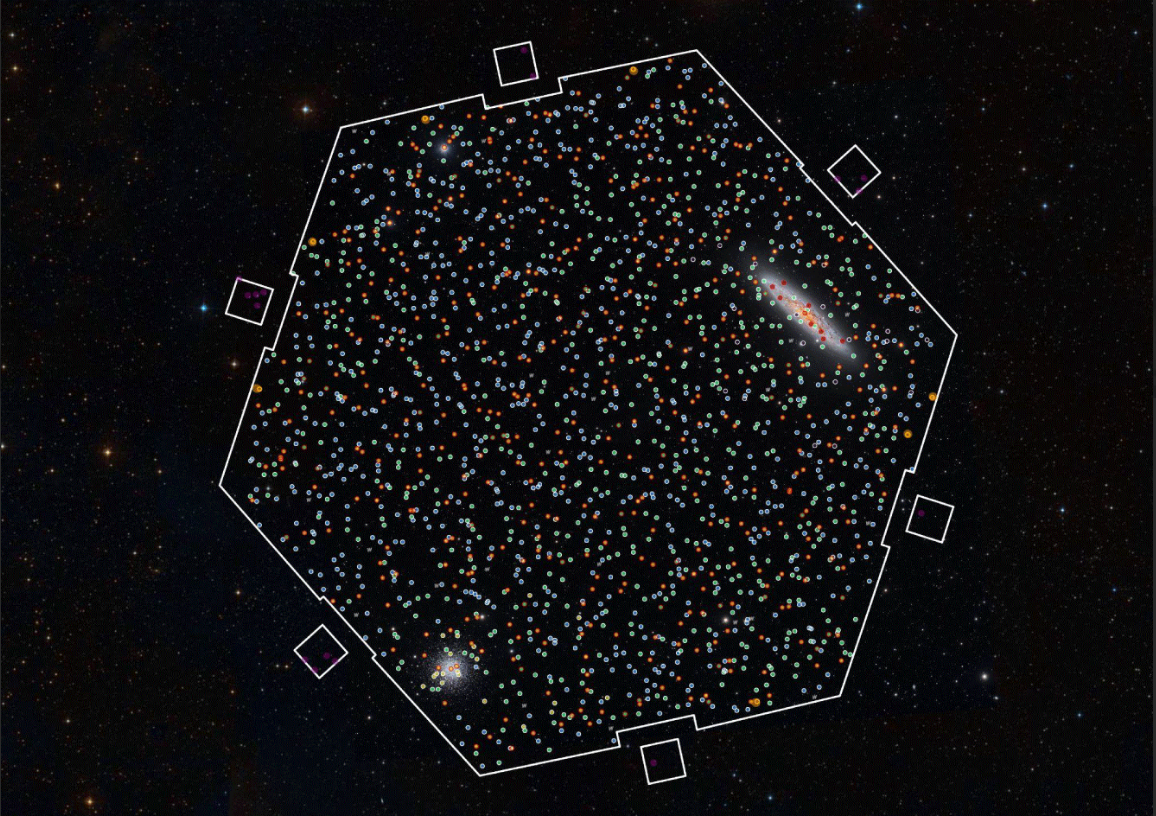 Publicado el: 29/10/2025Chile celebrates the first light of 4MOST: two major projects involving CATA astronomers begin to explore the Universe
Publicado el: 29/10/2025Chile celebrates the first light of 4MOST: two major projects involving CATA astronomers begin to explore the Universe -
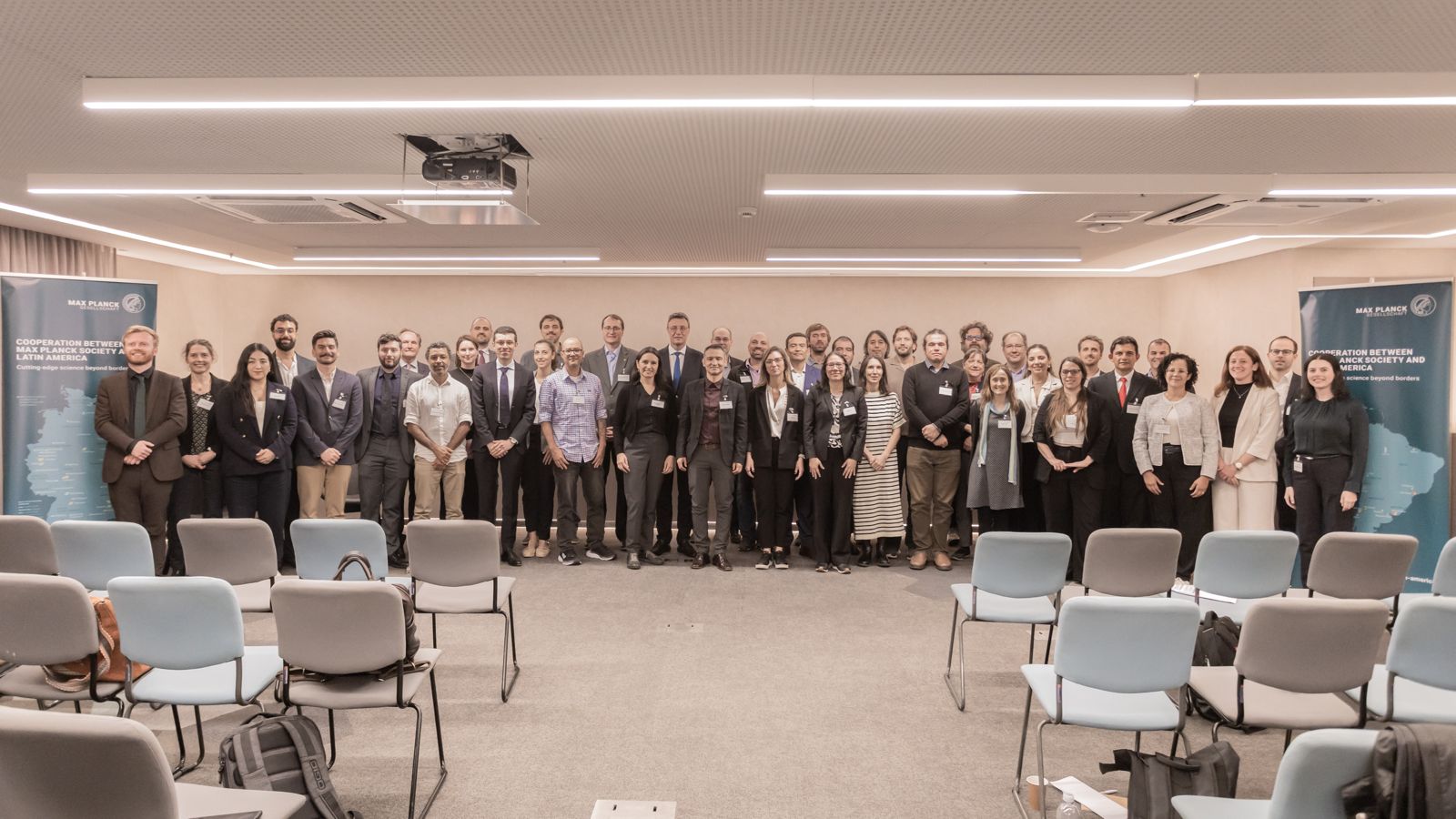 Publicado el: 24/10/2025CATA researcher participated in Max Planck regional meeting in Brazil
Publicado el: 24/10/2025CATA researcher participated in Max Planck regional meeting in Brazil -
 Publicado el: 24/10/2025CATA strengthens its Astronomical Instrumentation area with a view to the next five years
Publicado el: 24/10/2025CATA strengthens its Astronomical Instrumentation area with a view to the next five years
Categories list
- Acknowledgments 21
- Astrobiology 6
- AstroCluster 1
- Black holes 18
- Corporativo 57
- Cosmology 5
- Descubrimientos 22
- Disclosure 71
- Exoplanets 13
- Extension 4
- Galaxies 21
- Galaxies formation 5
- Inter y Transdisciplina 4
- Local Universe 15
- Publications 6
- Sin categorizar 34
- Solar System 20
- Stellar formation 8
- Technology 14
- Technology Transfer 16
